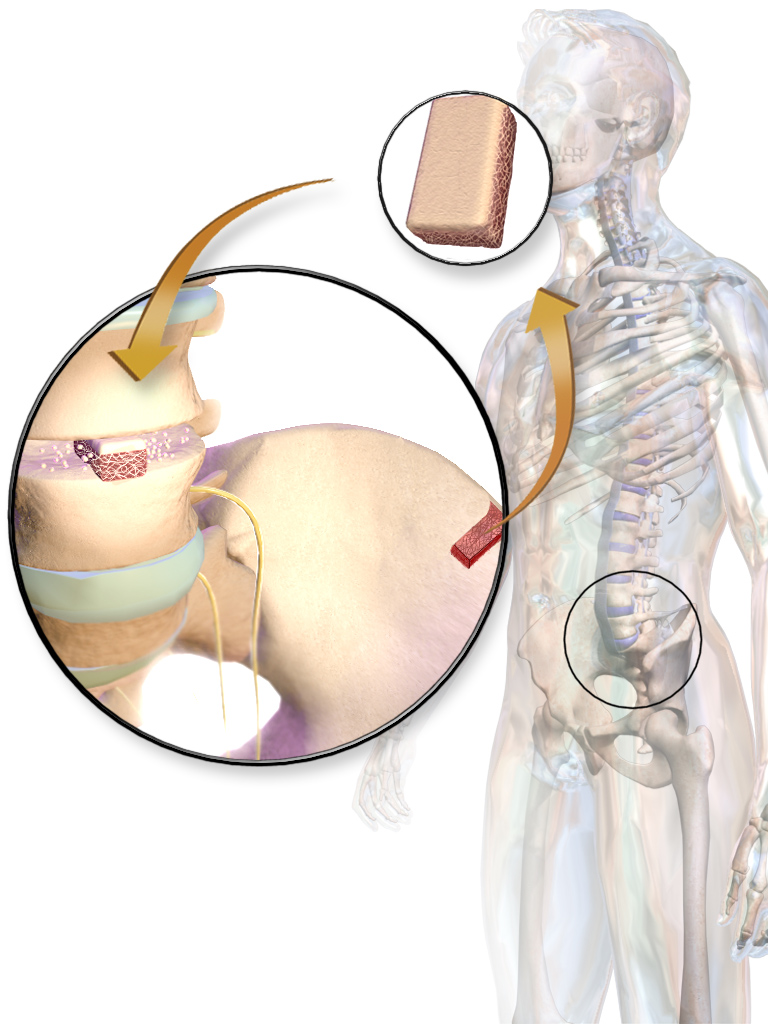| name | Autogenous Bone Grafts |
| classification | Surgical procedure, not a drug |
| pharmacokinetics | N/A - Autogenous bone grafts are not absorbed or metabolized in the body; they are incorporated into the existing bone structure. The process of bone integration and remodeling is complex and depends on multiple local factors. No pharmacokinetic data applies in the typical sense. |
| dosage | N/A - Dosage is highly dependent on the specific surgical procedure, defect size, and location. It's determined by the surgeon based on clinical assessment. |
| indications | | 1 | Repair of bone defects (fractures, non-unions, bone defects, etc.) | | 2 | Reconstruction of bone loss in craniofacial surgery | | 3 | Dental procedures requiring bone augmentation | | 4 | Orthopedic procedures (e.g., spinal fusion, joint reconstruction) |
|
| pregnancy safety | N/A - Autogenous bone grafting is not a drug and lacks specific pregnancy safety data. The risks and benefits should be discussed with a physician, considering the entire clinical scenario. |
| breastfeeding safety | N/A - Autogenous bone grafting is not a drug and lacks specific breastfeeding safety data. The risks and benefits should be discussed with a physician, considering the entire clinical scenario. |
| side effects | | 1 | Infection (at the graft site) | | 2 | Pain | | 3 | Swelling | | 4 | Bleeding | | 5 | Local hematoma formation | | 6 | Delayed healing | | 7 | Non-union of bone ends or graft | | 8 | Graft resorption | | 9 | Nerve damage (in proximity to the surgical site) | | 10 | Possible allergic reaction to the bone source (very rare). |
|
| alternatives | |
| contraindications | | 1 | Active local infection at the site of the defect | | 2 | Uncontrolled systemic infections | | 3 | Poor general health conditions | | 4 | Inability to manage surgical risks and complications | | 5 | Known allergies to bone allografts or xenografts (if applicable) |
|
| interactions | N/A - Autogenous bone grafting, as a surgical procedure, does not interact with other medications in the typical way drugs do. |
| warnings and precautions | | 1 | The procedure involves surgical risks. | | 2 | Careful surgical technique is essential for optimal graft integration. | | 3 | Donor site morbidity is a potential concern. | | 4 | Patient's overall health must be considered and assessed before the procedure. | | 5 | Potential for complications during surgery or in the post-operative period should be discussed in detail with the patient. | | 6 | Long-term follow-up is needed to monitor graft integration and potential complications. |
|
| additional information | | 1 | Autogenous bone grafts are the "gold standard" for bone repair, and their use is primarily dictated by the situation. | | 2 | Bone harvested can be from a variety of sites (e.g., iliac crest, tibia, fibula). | | 3 | Patient age and weight are not directly relevant to dosage or safety in this context, but are relevant to the overall assessment of the patient's health. | | 4 | This information is for educational purposes only. It is essential to consult with a qualified medical professional for any health concerns or treatment decisions. |
|
| patient details | |

